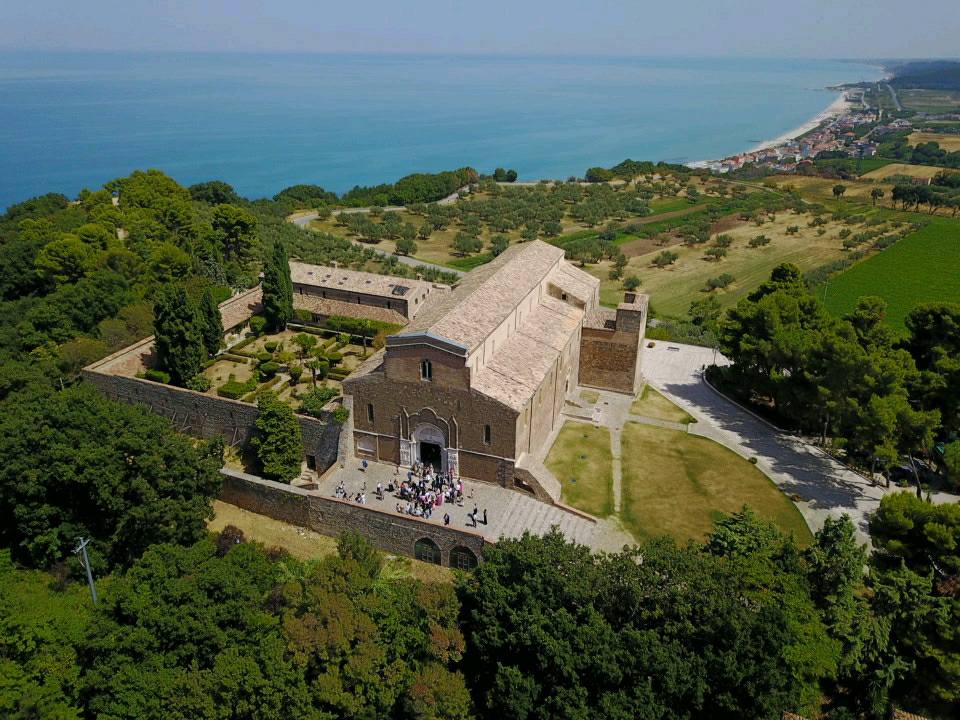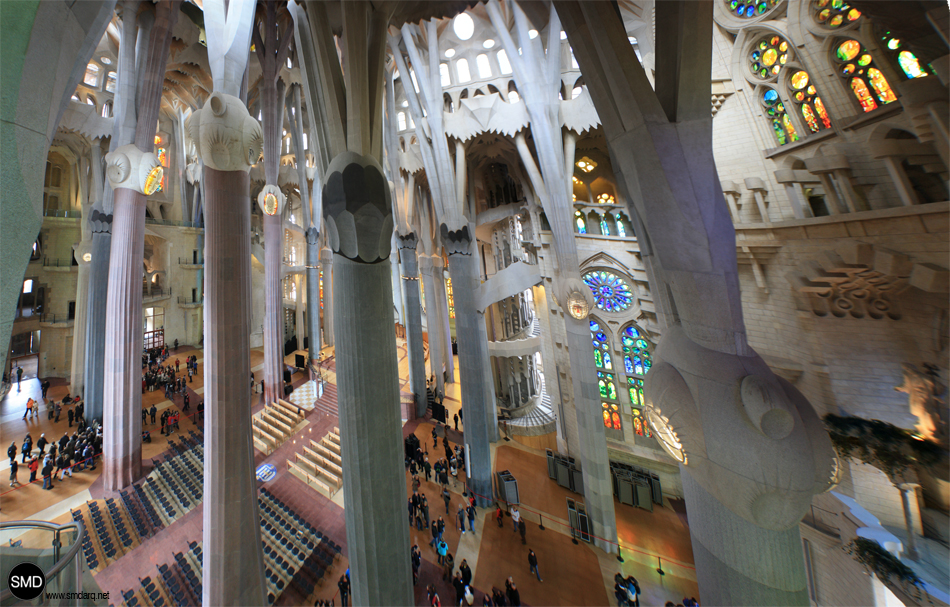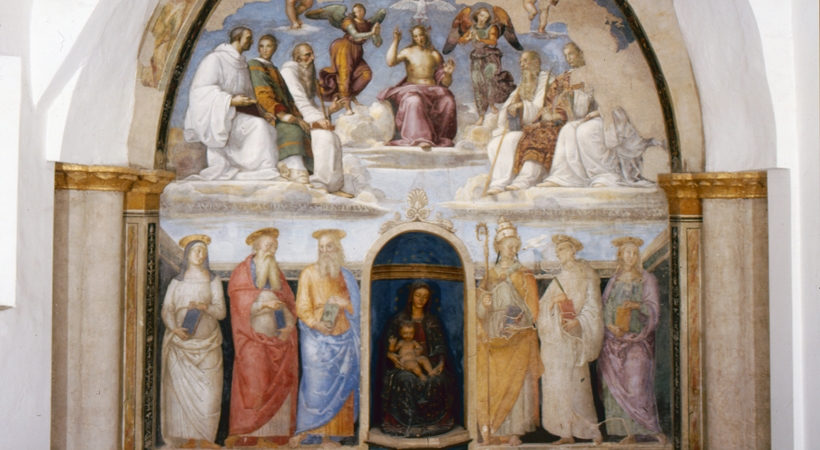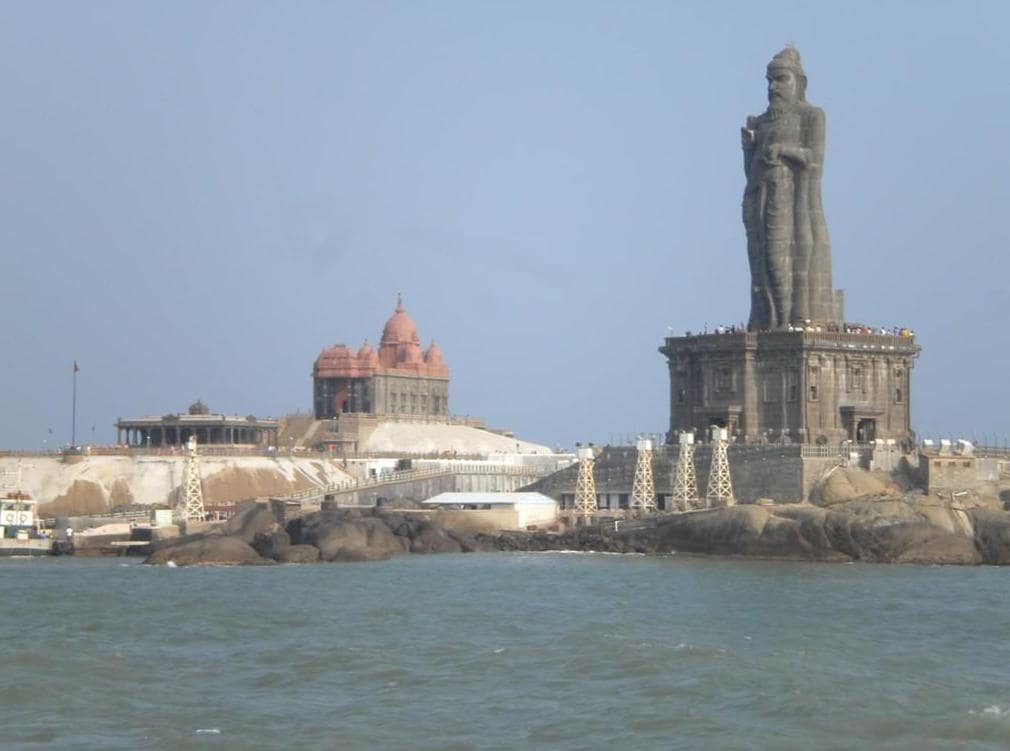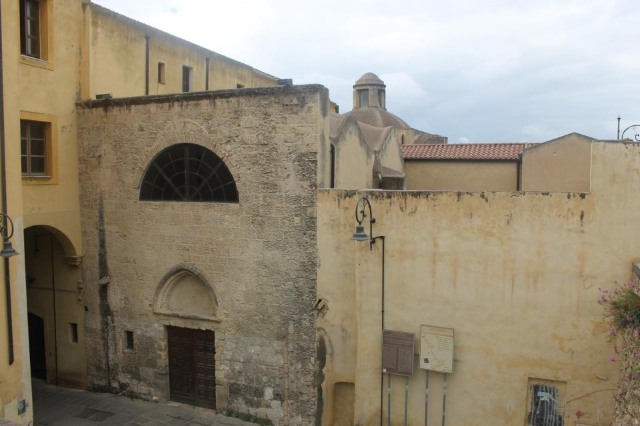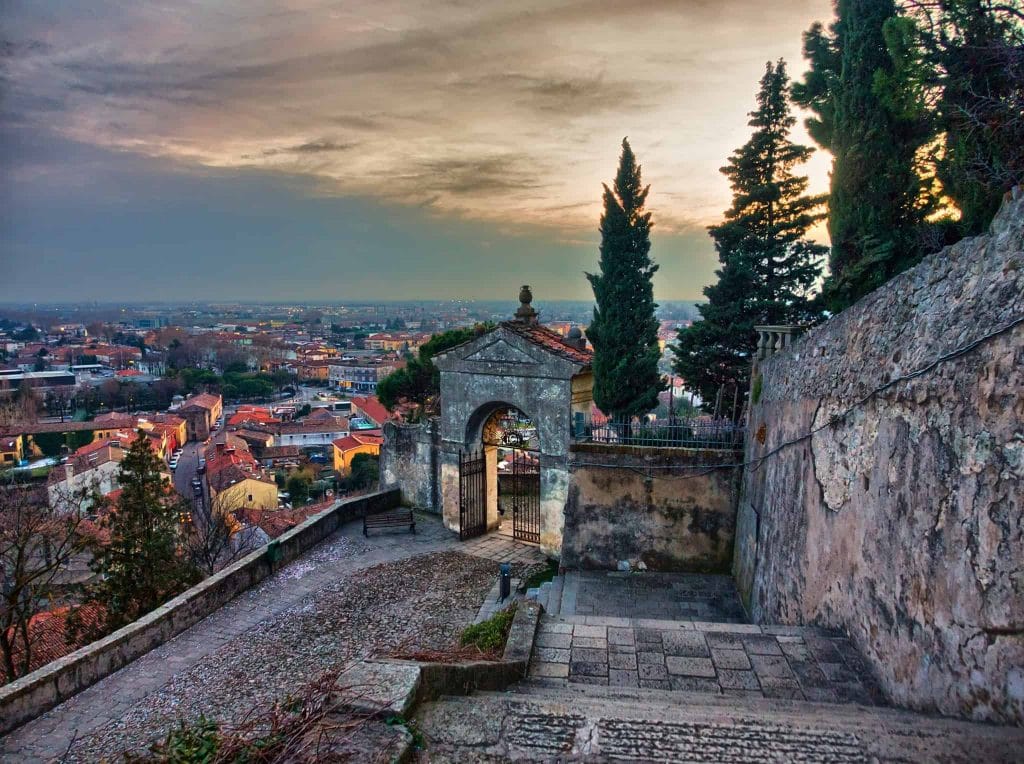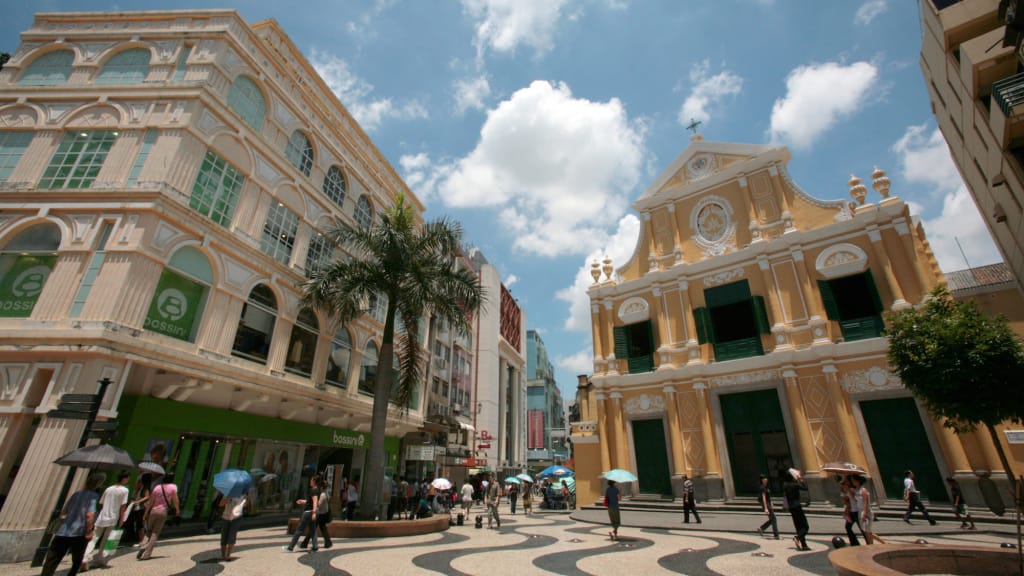The abbey of S. Giovanni in Venere stands on the outskirts of the town of Fossacesia, on a promontory overlooking the surrounding cultivated fields and a vast stretch of sea, known as the Costa dei Trabocchi.
The attribute "in Venus" could derive from the presence of a Roman temple dedicated to the goddess Venus, of which, however, there are no architectural remains, but only the survival of the toponym Venus.
Between the 8th and 10th centuries there is evidence of the presence of a simple monastic cell, while the birth of the actual abbey took place in 1015 and is attributed to Trasmondo II, Count of Teate (Chieti), whose body is buried in the crypt of the abbey church. Today’s appearance is the result of the transformations carried out between 1165 and 1204 by Abbot Odorisio II and those carried out between 1225 and 1230 by Abbot Rainaldo. The abbey currently houses a community of Passionist Fathers.
Outside, visitors can observe the solid structure of the church, built with sandstone blocks in the lower part and bricks in the upper part, and pause to observe the beautiful main portal, called the Moon Gate, so called because, during the summer solstice, it is reached by the light of the setting sun that illuminates the presbytery and the crypt. The Door of the Sun is, instead, represented by the openings in the three apses, crossed by the sun’s rays during the winter solstice.
The lunette above the portal depicts Christ enthroned between St. John the Baptist and St. Benedict of Norcia, while the large marble pillars on either side of the entrance are masterfully carved with stories of St. John the Baptist.
The interior is divided into three naves and has an elevated presbytery, below which is the crypt, decorated with suggestive thirteenth-century frescoes depicting Christ blessing and the Virgin enthroned, the work of anonymous painters of the mid thirteenth century, perhaps the workshop of the Roman artist Jacopo Torriti.
The visit can end in the bright 13th century cloister, which has three sides and elegant three-light windows. Partially rebuilt between 1932 and 1935, it is accessible through the portal of the left aisle of the church or through the entrance to the convent. Among the various stone materials on display in the cloister is the interesting inscription by Abbot Oderisio II, which attests to the construction of the new church of San Giovanni in Venere in 1165.
